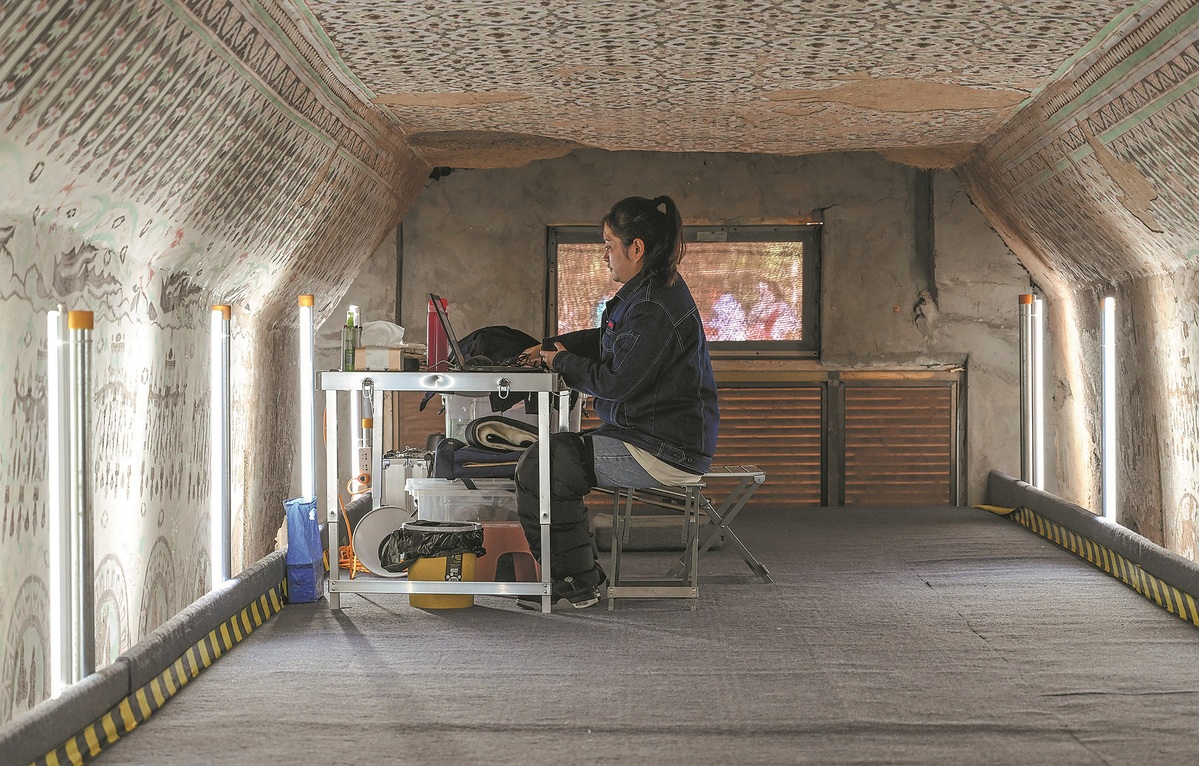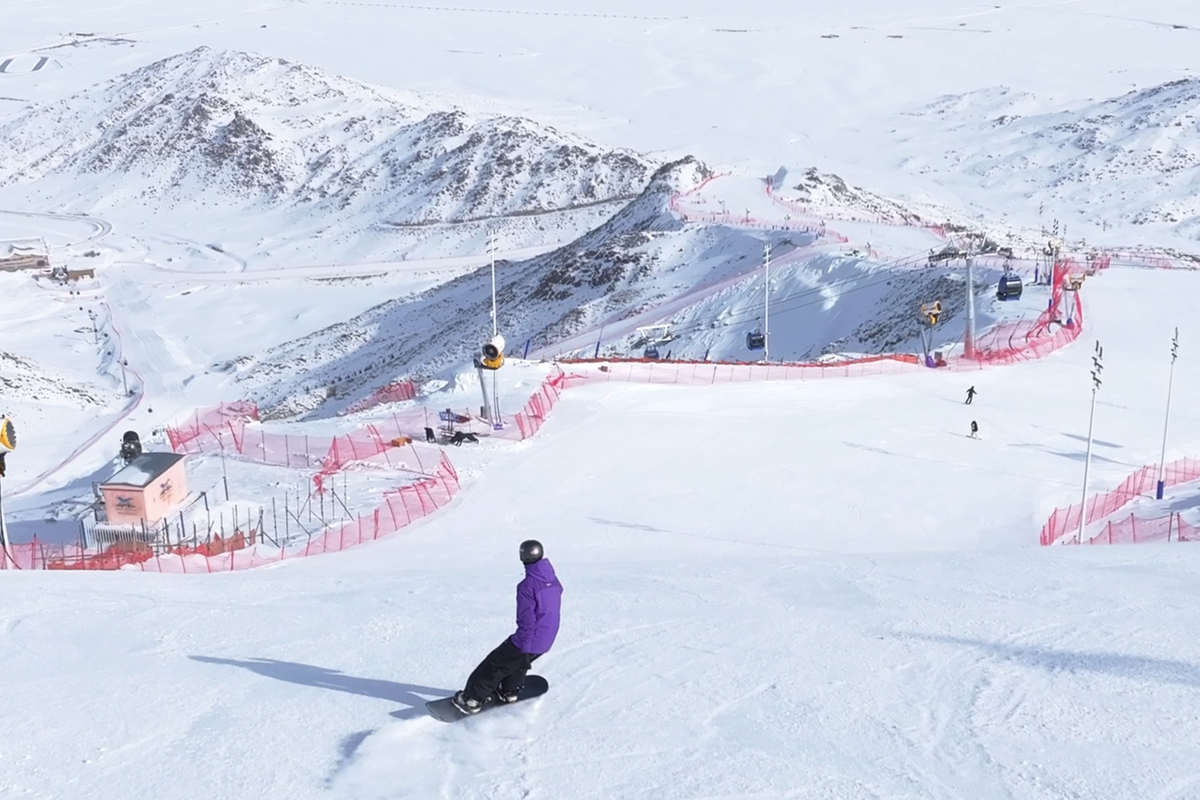Mogao Caves' preservation inspires Syrian experts
Visitors from war-torn country witness how cultural protection work can succeed. Yao Yuxin reports in Dunhuang, Gansu.


Exchange and cooperation
In 1999, the Mogao Caves unearthed four pages of biblical psalms written in Syriac — an Aramaic dialect used as the literary and liturgical language of the ancient Syrian Christian churches — believed to be from the Yuan Dynasty (1271-1368).
During the Yuan Dynasty, Gansu was a center for Nestorianism, a branch of Eastern Christianity that was prevalent in Central Asia. Dunhuang, in particular, witnessed multiple interactions with Western Christians, including notable figures like the Venetian explorer Marco Polo.
The discovery of the psalms underscored the long-standing cultural exchanges between the two countries.
Hala Emad, a senior official of Syria's Planning and International Cooperation Commission, said due to the prolonged conflict, cooperation between China and Syria was limited and primarily confined to humanitarian aid.
However, there has been a shift in recent years, especially after Syria became part of the Belt and Road Initiative last year, she said.
In ancient times, both nations were closely connected through the Silk Road. "Today, we have the opportunity to further extend our friendship through the new Silk Road of the BRI," Abu Kahla said.
China and Syria face common challenges in cultural heritage preservation, such as intentional damage, and mitigating the impact of damaging natural conditions.
Yu Jiannan, Party secretary of the Central Academy of Culture and Tourism Administration, said fostering exchanges and collaboration among cultural heritage professionals from both countries is essential.
"The potential for cooperation in the field of cultural heritage preservation between China and Syria is vast and promising," Yu said.
Expertise shared
After approximately 80 years of research, the Dunhuang Academy has amassed significant expertise in mural and sculpture protection. Before the COVID-19 pandemic disrupted cooperation, more than 200 Chinese teams visited Central Asia and conducted on-site inspections of cultural sites and devised cultural heritage assistance projects.
"If any country requires assistance, we are more than willing to undertake such tasks," said Su Bomin, head of the Dunhuang Academy.
During the cultural exchange, Dali, director of the digitalization department at the DGAM, detailed the current state of cultural heritage preservation in Syria to experts and officials from both countries.
The contrasting images of heritage sites before and after the war brought many of the Syrian representatives to tears. Once majestic buildings and traditional markets had been reduced to ruins. During the five-day trip to Dunhuang, it was the rawest glimpse of the pain wrought by the war in Syria.
Yara Shartouh, director of tourism in Hama, said Syrians dislike war, yearn for peace and always approach life with hope and optimism. No matter what happens, they manage to maintain a positive outlook.
"This is the essence of our culture," she said.
Contact the writer at yaoyuxin@chinadaily.com.cn
























